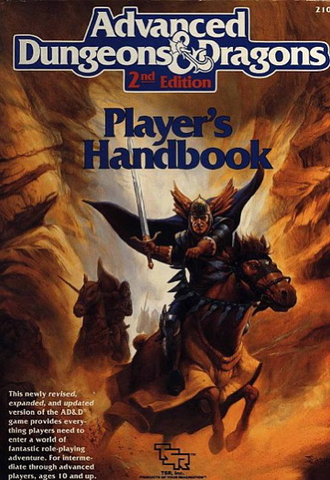
In this series of articles we'll be exploring the differences and similarities between every edition of Dungeons and Dragons.
In the last article we looked at AD&D which you can read here.
In this article we look at AD&D 2E.
Launched in 1989, AD&D 2E was designed to consolidate the vast range of AD&D content in a brand new edition of the game.
It was worked on by a team of designers at TSR led by David Cook and aimed to be compatible with AD&D whilst advancing further on the rules. It was published in the form of the Players Handbook, Dungeon Master Guide and the new Monstrous Compendium. The compendium was intended to be like a monster manual that could be added to with ‘expansion’ packs TSR would release containing more information. This form of modular design could be seen as rather innovative for the time, much like an online SRD you'd get today that you can just update with a new batch of content. However from a cynical perspective this was also a means to break up one book into several smaller products and earn more money from it as a result.

By this point in history Dungeons and Dragons was a mainstream name. TSR had been pushing a more 'family friendly' image since the satanic panic had hit America with D&D being blamed for a spate of tragic suicides amongst teenagers in the country. Rumours further circled that D&D encouraged belief in satan, was a gateway towards the occult and distracted teenagers from more wholesome tasks like becoming an executive for a transnational petroleum mining company.
As a result AD&D 2nd ed removed all mention of demons and devils from the game and overall toned down the product in response to the criticism, the assassin class was removed as was the half-orc. The design of the game emphasised high fantasy heroic play and marketed towards a younger audience. The heroic narrative would further be pushed in by numerous tie in settings such as the Dragonlance series. These were already being produced for AD&D and were repackaged for 2nd edition.

Development in this sense was staggered, it seems the likes of the more 'family friendly' and 'heroic' image were being pushed by the early to mid 80s but the 2nd edition of the game solidified these concepts into the core product.
The combat system was modified and clarified from AD&D. 'THAC0' was 'officially' integrated in AD&D 2nd edition. This is what you used to determine if your d20 roll hit your target. This was an extrapolation of the hit tables that dated back to original D&D and were an optional rule in AD&D 1e. Ironically given the discourse over it now THAC0 was introduced as a means to simplify combat and for its time it did. The intiative system was also updated alongside things like the unarmed combat rules.
Spellcasting still used the Vancian magic system however a few changes were made from AD&D. The Druid, Cleric and Priests classes now had seperate 'spheres' of spells whereas before they effectively had the same list of spells to choose from with a few minor differences. Many spells were also reworked or officially introduced in this system, Sleep was somewhat nerfed whilst spells like 'protection from cantrips' were added to reference new rules introduced in Dragon Magazine and Unearthed Arcana.
AD&D 2nd ed would also make 'non-weapon proficiencies' introduced as an optional rule in AD&D effectively a 'core rule'. This was effectively a skills system which would soon become the norm within the WOTC editions of the game that would come later. The list in AD&D 2nd ed was significantly vaster and more idiosyncratic than the more focussed lists that we'd see in 3rd edition D&D and beyond. We have 'non-weapon proficiences' such as Agriculture, Ancient History, Charioteering, Cobbling, Juggling, Gem Cutting, Reading Lips, Leatherworking, Weaving and Gaming to name a few. Whilst many of these may well not have huge practical application in game it did allow you to flesh out your character in quite a specific way. With skills being so specific it also led to less situations where a player will try to shoehorn their more general skill like 'perception' into any situation which feels like it would fit.
Distances shifted to feet rather than inches and character creation was adjusted. Character were split into four groups: warrior (fighter, paladin, ranger), wizard (mage, specialist wizard), priest (cleric, druid), and rogue (thief, bard). These changes however amounted to more of a revision of the rules than an outright shift in them as we saw from Basic D&D to AD&D.

AD&D 2E introduced the much beloved Dark Sun setting which shifted the traditional fantasy tropes on their head. Athas, the core setting of Dark Sun, was set in a post-apocalyptic wasteland caused by magic. Halflings instead of being friendly shire folk, were mountain cannibals. Elves were warlike, tribal raiders and Dwarves were hardy nomads without homes, many having been thrown into slavery. This setting seems to have been a place to explore the more 'edgier' aspects of an RPG world whilst keeping the 'core' D&D setting a friendlier place. Dark Sun also proved to be incredibly popular and is to this day, 4E D&D got its own version of Dark Sun which much as with AD&D 2nd ed contrasted to the core 4E 'points of light' setting which was far more 'heroic fantasy' in setting. 5e has yet to have an official Dark Sun setting but fans seem to want it and many unofficial rulesets exist for the world.

Despite some success and it's massive brand recognition, things were sadly not looking good for TSR as a company by the mid 90s. There was a lot more competition on the market now, with a whole host of people who had grown up playing various versions of D&D now creating systems and worlds of their own. Many of these would scratch itches that D&D didn’t such as Vampire: The Masquerade which let you play as Vampires within a dark, modern urban setting. Or Shadowrun which introduced a sci-fi, dystopian, cyberpunk world set in the near future where humans, elves, trolls and orcs co-exist but in a cityscape similar to our own. Within it you play as a high powered team of specialists who wield magic and technology whilst performing jobs for megacorporations such as industrial espionage. Systems such as GURPS also allowed players to run games in whatever setting they desired whether high fantasy, science fiction or wild west.

The heroic high fantasy of AD&D 2E was seeming a bit trite to many new gamers enticed by other systems.
Likewise TSR had flooded the market with huge amounts of splatbooks for AD&D 2e, throwing the game's internal balance all over the place with a slew of new and powerful classes, magic items, abilities and spells. These included the likes of ‘Player Options: Combat & Tactics, Player’s Options: Skills & Powers and Player’s Option: Spells & Magic.

This trend of designing more and more books aimed at players indicates a shift towards designing and selling a roleplaying game not as a toolkit for the referee to use as previous editions were but as a definitive set of rules that ‘the game company’ hand down to the players to use. AD&D 1E started this trend and 2E widely expanded upon it.
Whilst providing players with more options seems good on the surface, this often led to analysis paralysis and exhaustion with players becoming confused at what options were available to them and games de-railing due to the sudden influx of new and powerful rules at the table, with the Dungeon Master also losing control of the table as the company’s word meant more than their own.

TSR would eventually be bought out by Wizards of the Coast in 1997 who had grown in wealth through their successful Magic the Gathering trading card game. In the year 2000 they would release D&D 3rd edition. This would unify the rules around the new ‘d20’ system and drastically change how Dungeons & Dragons works, effectively wiping a clean slate and starting from scratch, albeit a scratchboard with a hell of a lot of history to it.

Thanks for reading! If you're interested in a trio of old school fantasy adventures check out Albion Tales.
Subscribe to the Leyline Press newsletter here to receive updates on our blogs, promotions, games and more.
Follow us on twitter @leylinepress
Follow us on facebook @leylinepress
Follow us on instagram @leylinepress
Subscribe to this blogs RSS feed by pasting this into your feed reader - https://leyline.press/blogs/leyline-press-blog.atom
This article was originally written for https://www.osrelfgame.com/
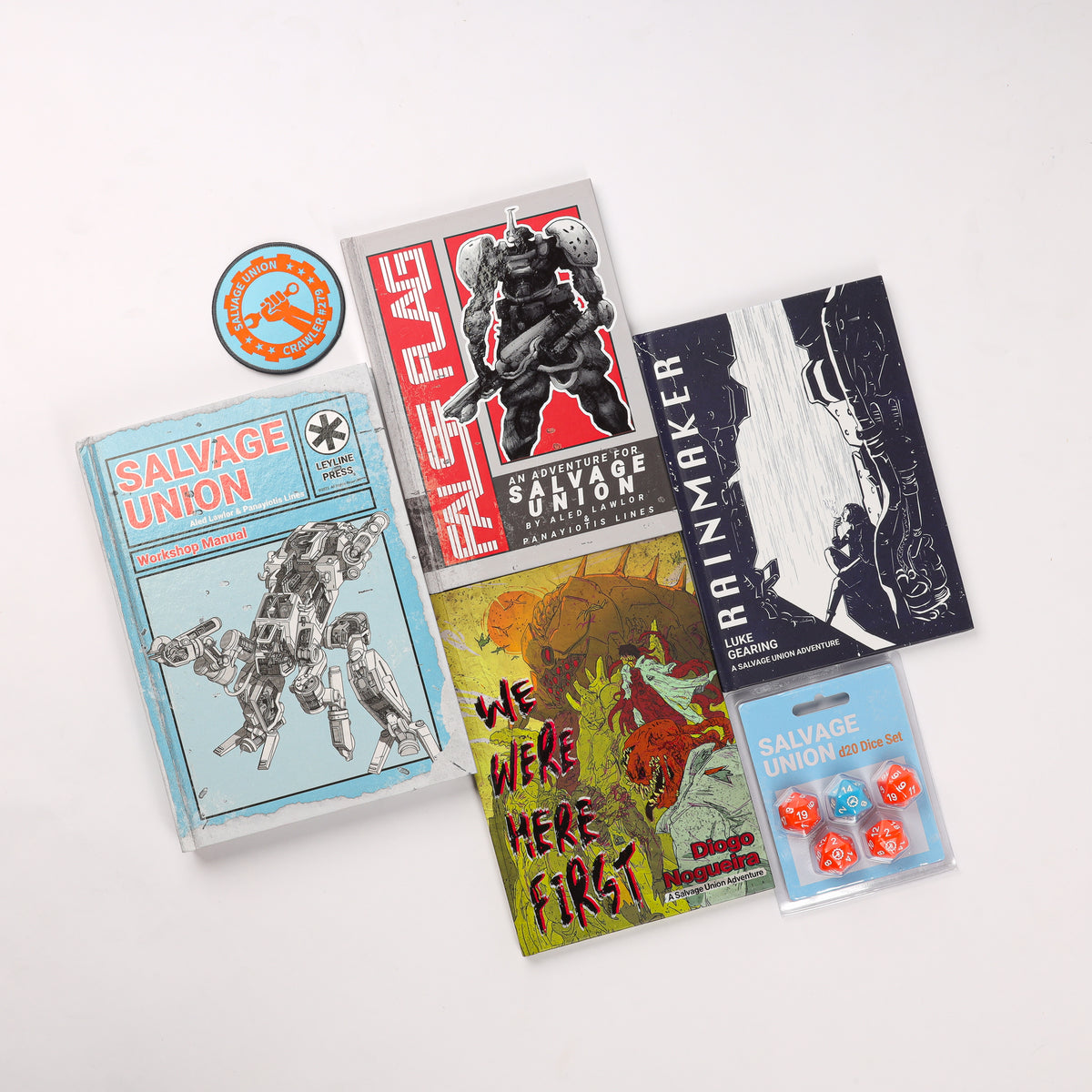
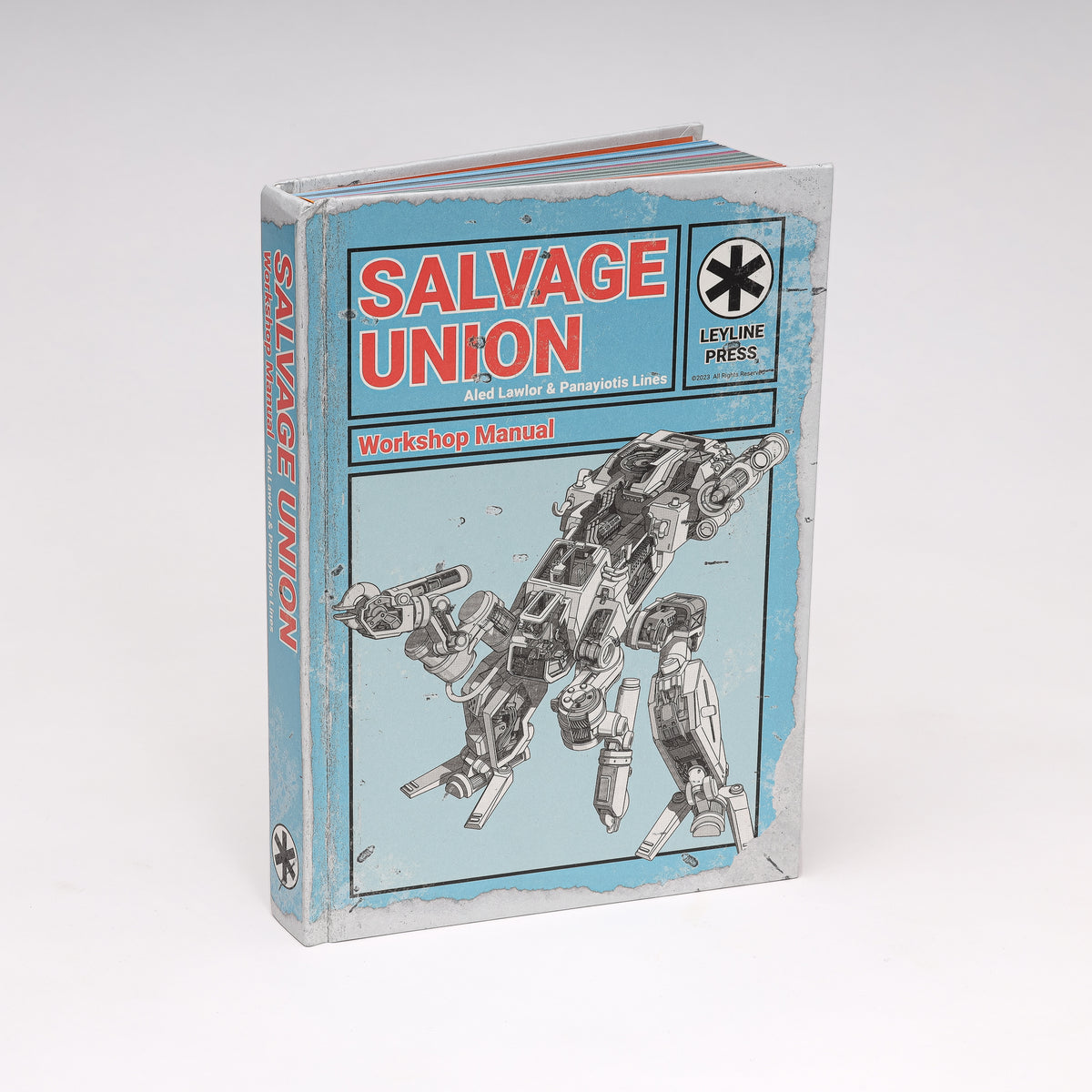
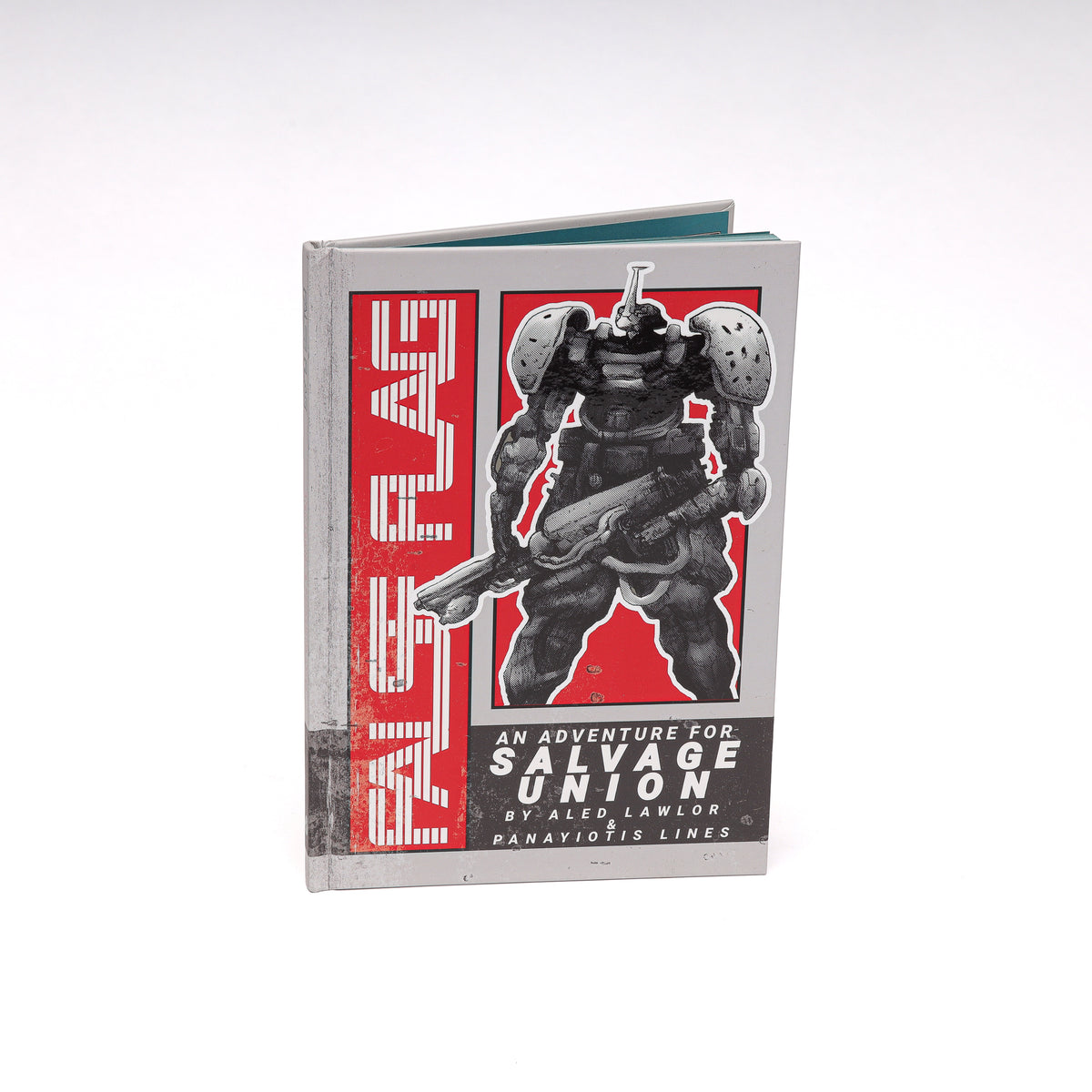
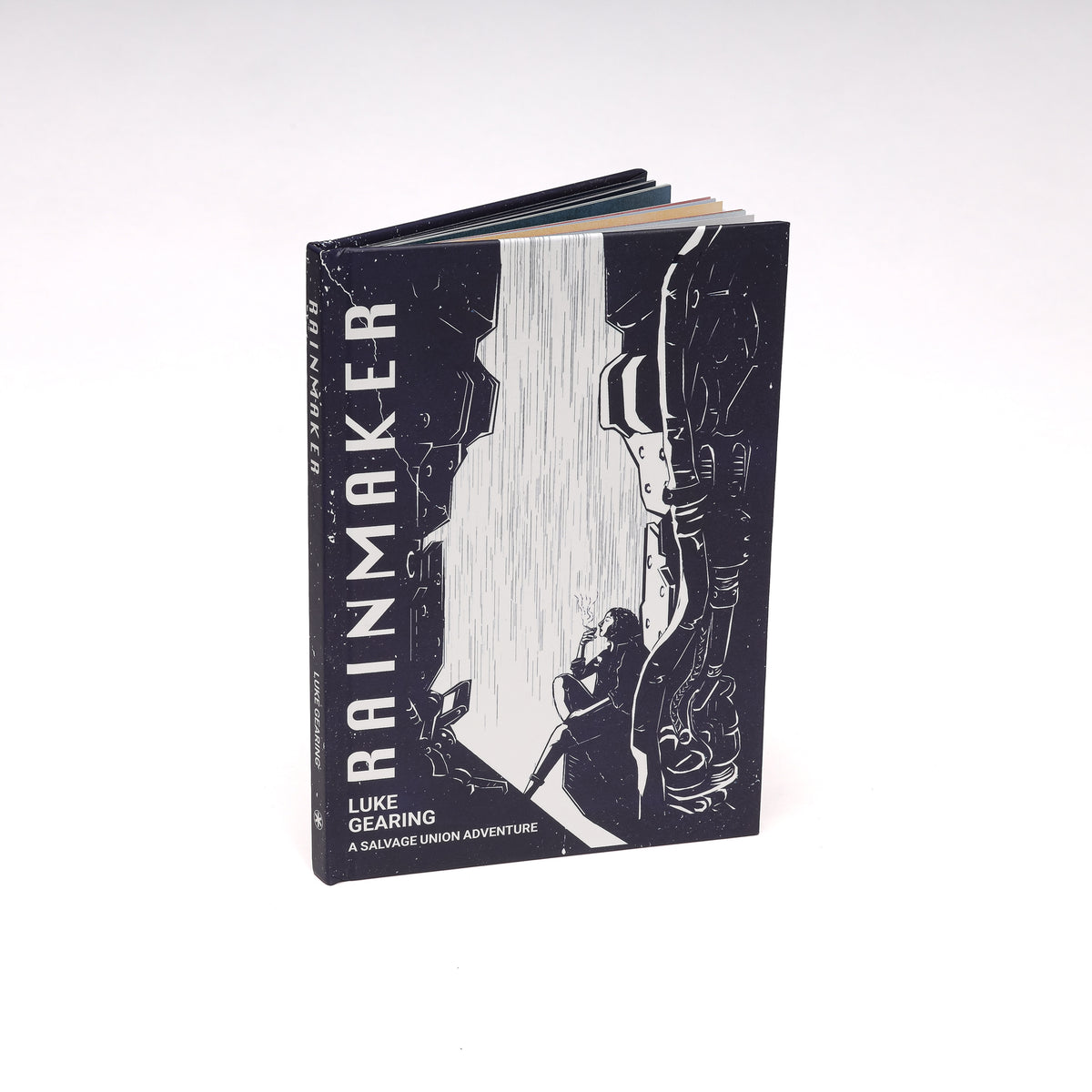


2 comments
Did you post the article about the 3rd Edition D&D? I don’t see it.
A nice addition to this series might be a history of the default setting editions have taken place and how that’s related to the tone of the game?